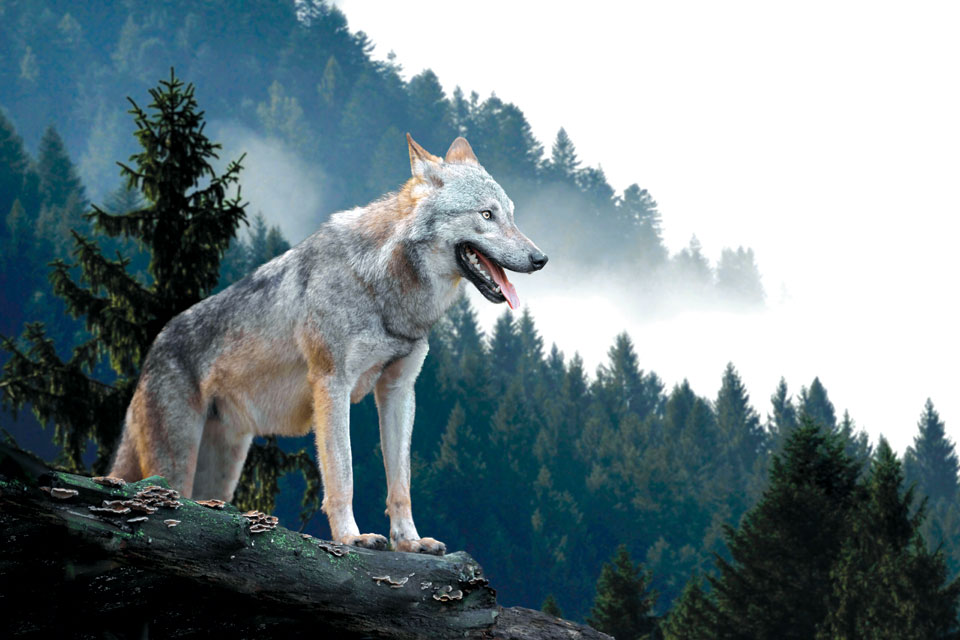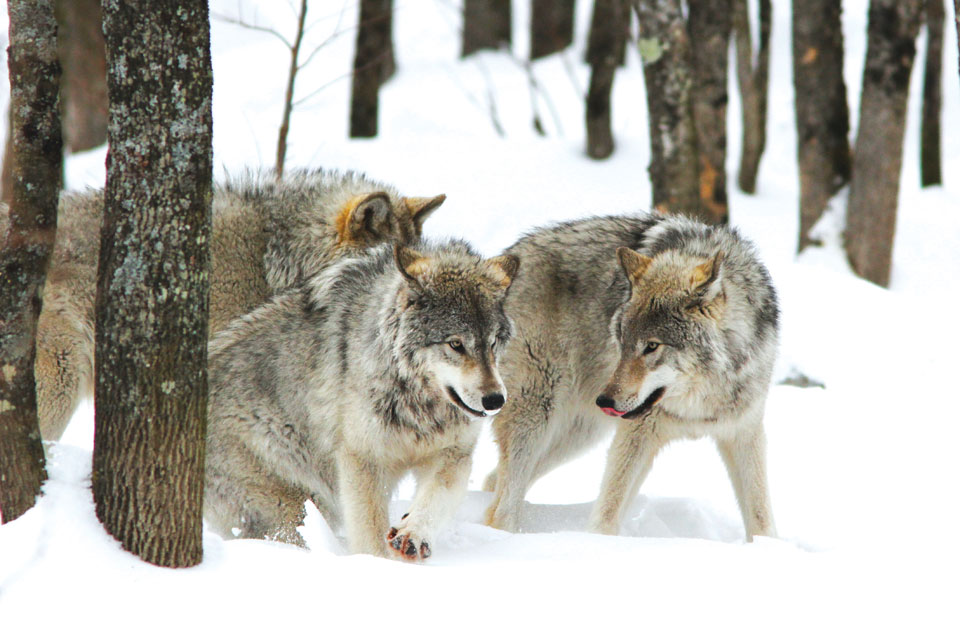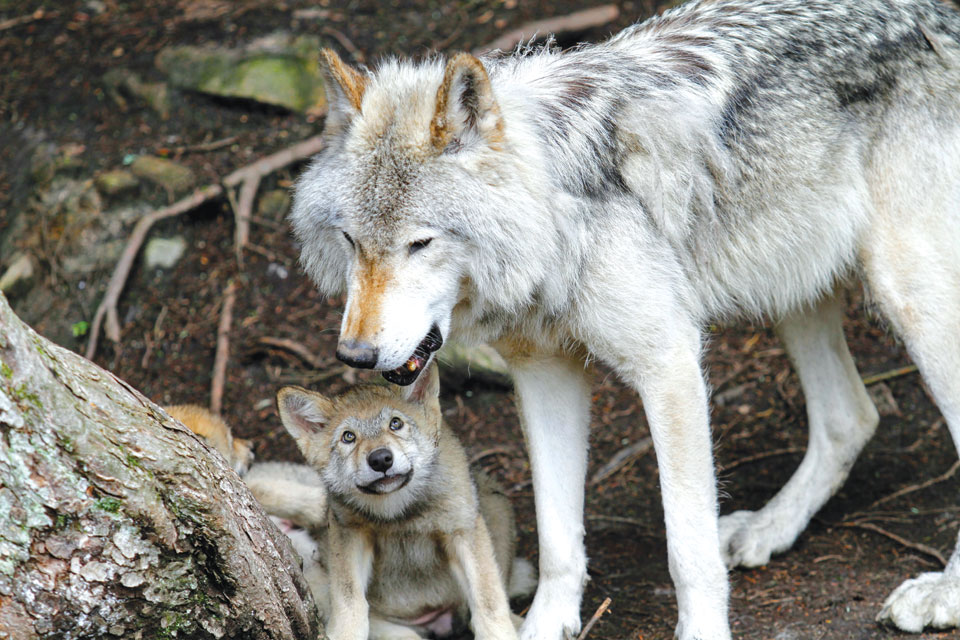
Once the world’s most widely distributed mammal, the grey wolf has become extinct across much of its former range and its present distribution is much restricted.
The wolf is an ancestor of the domestic dog, but instead of barking it howls. The grey wolf has a number of subspecies, including the Arctic wolf, which vary in color and size according to where they live. The grey wolf has strong jaws with sharp canine and cheek teeth for tearing and chewing meat.
Following a 2022 court order, gray wolves in the contiguous 48 states and Mexico – with the exception of the “Northern Rocky Mountain population – are now protected under the Endangered Species Act (ESA) as threatened in Minnesota and endangered in the remaining states.
Currently, in the U.S. wolves exist in Alaska, northern Washington, Idaho, Montana, northeastern Minnesota, northern and central Wisconsin, the Upper Peninsula and Isle Royale in Michigan, and North and South Dakota.
Their total population is about 14,780 to 17,780. Of these, the largest population is in Alaska. Because wolves have large, spread-out territories, their populations are not typically counted by state.


The female usually weighs between 50 and 85 pounds. The males are a little heavier, weighing in between 70 and 110 pounds. A female grey wolf can get as long as between 4.5 to 6 feet.
Wolves generally pair for life. Mating takes place in late winter or early spring. A litter of 4-6 pups are born 2 months later. The family stays together for some time while the parents teach the pups hunting skills. In about a year, the cubs reach adulthood, but may stay with the pack for longer.
Wolves may hunt alone, but usually they hunt in a family pack of between 3 and 30 wolves. The pack is led by an ‘alpha’ male and female, and the rest of the pack is usually made up of their grown-up pups. Hunting in packs helps wolves kill large animals such as moose or elk. They are good swimmers and, when necessary, pursue their prey into water.
The wolf’s biggest enemy is man. For many centuries, wolves have been trapped, shot and poisoned because people fear that wolves present a danger to cattle and sheep. Sometimes they were killed for their fur. Wolves seldom attack humans; in fact, very few records of them doing so exist. As long as there is plenty of natural prey, wolves prefer not to attack domestic livestock.
Recently, the Wildlands Project has proposed a plan called “rewilding” America. Under this plan, the less populated and primarily unused sections of the U.S. would be returned to their natural state. With fences removed and bison and elk allowed to roam at will, this could mean a huge recovery for wolves.

